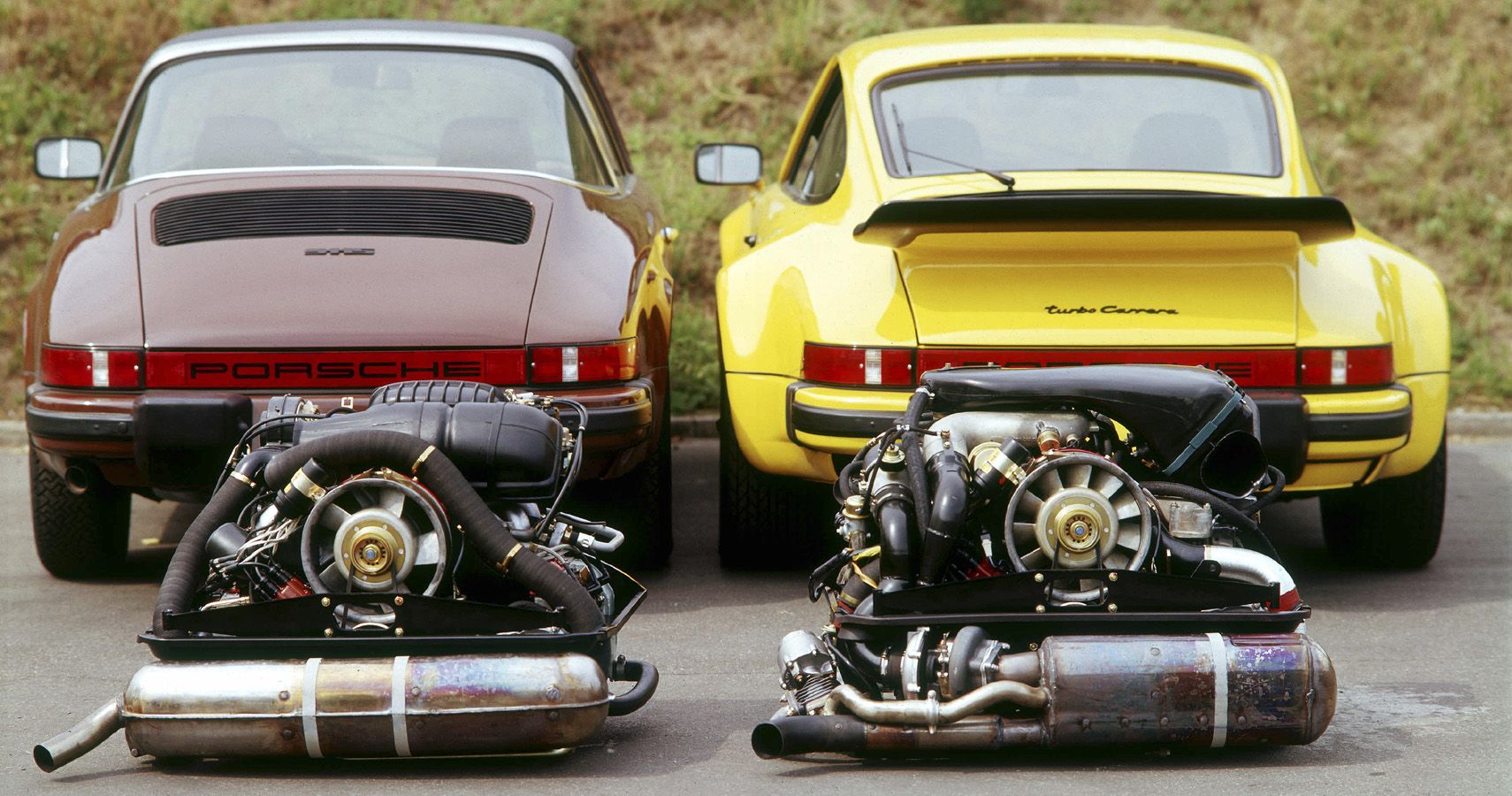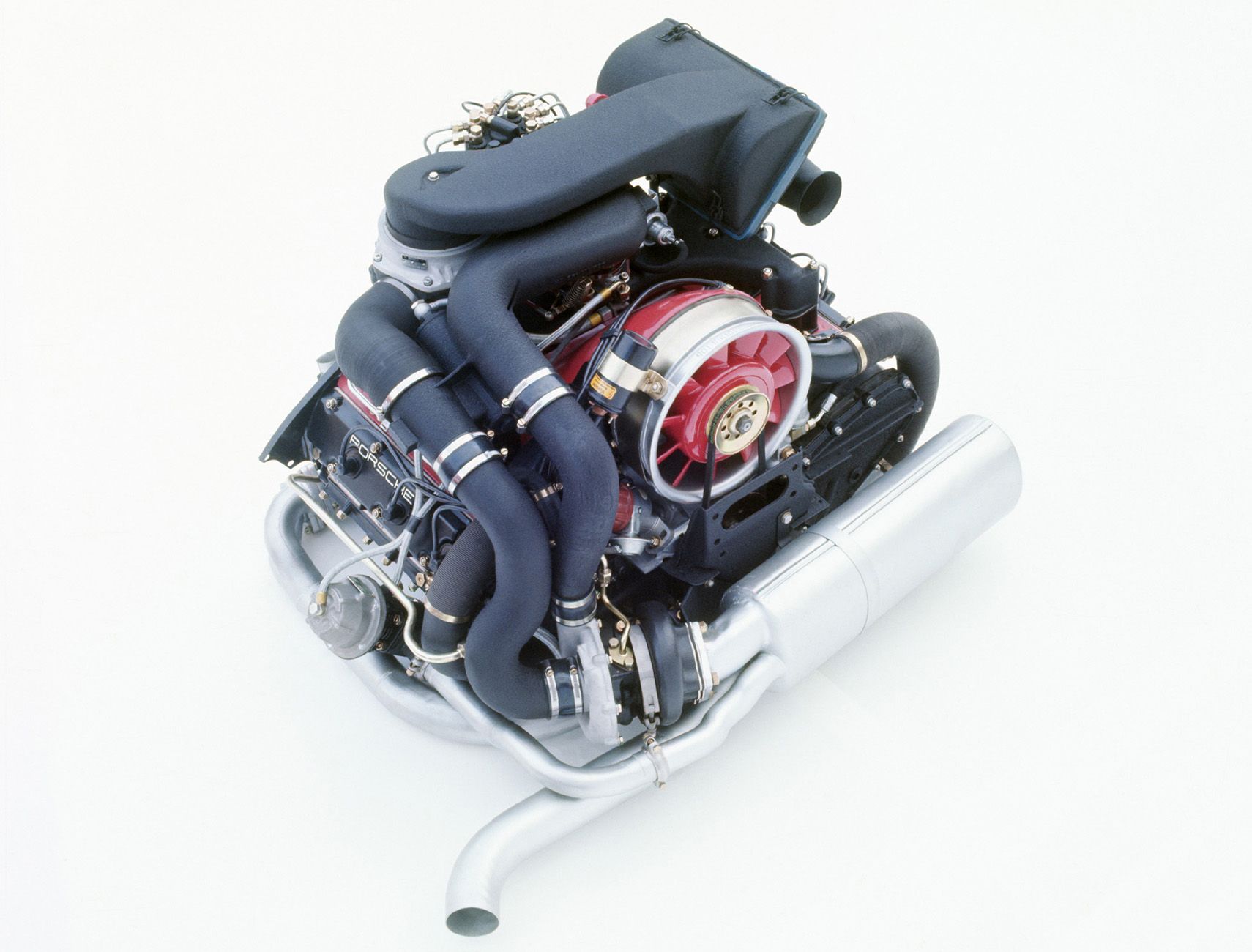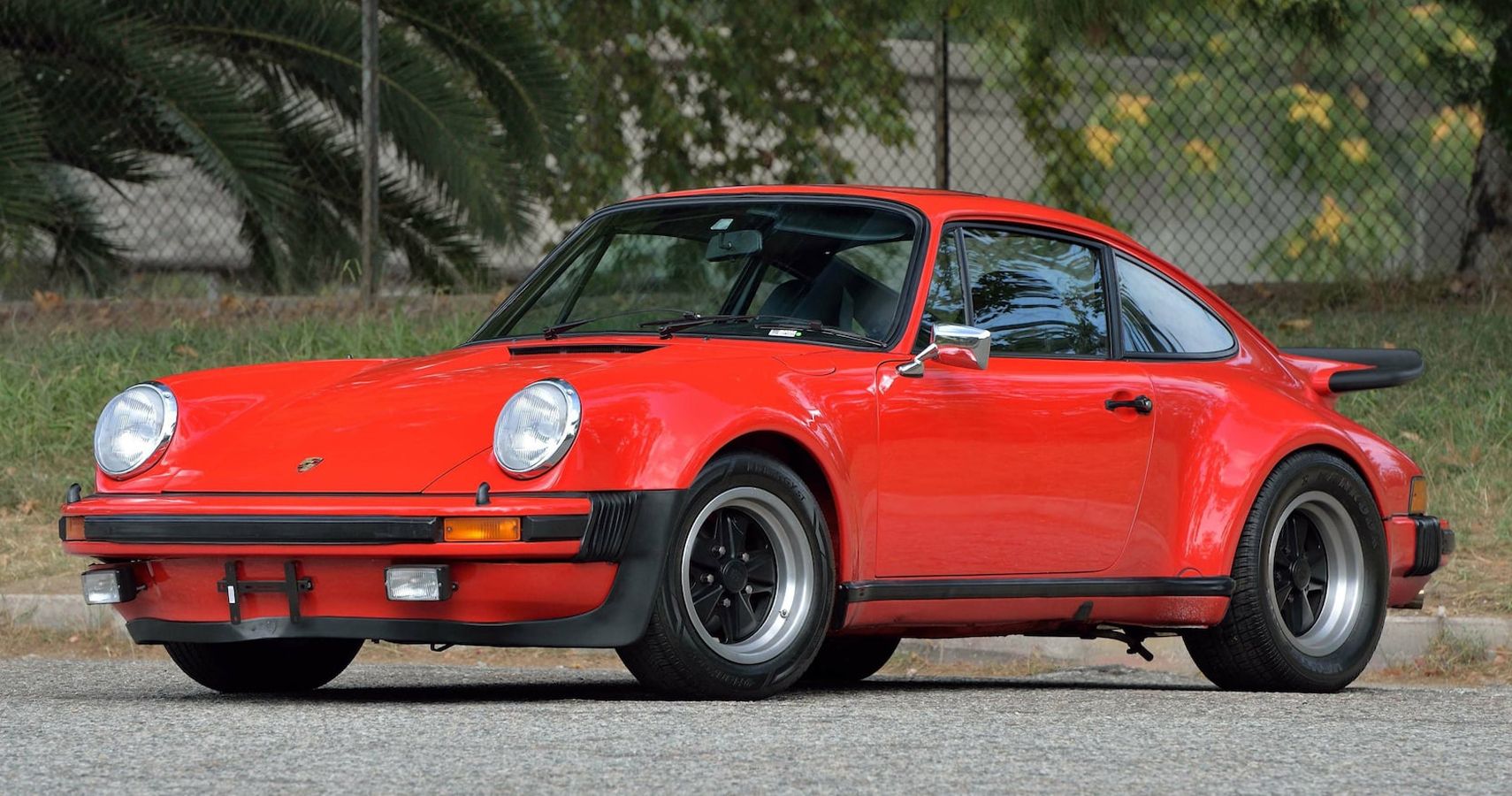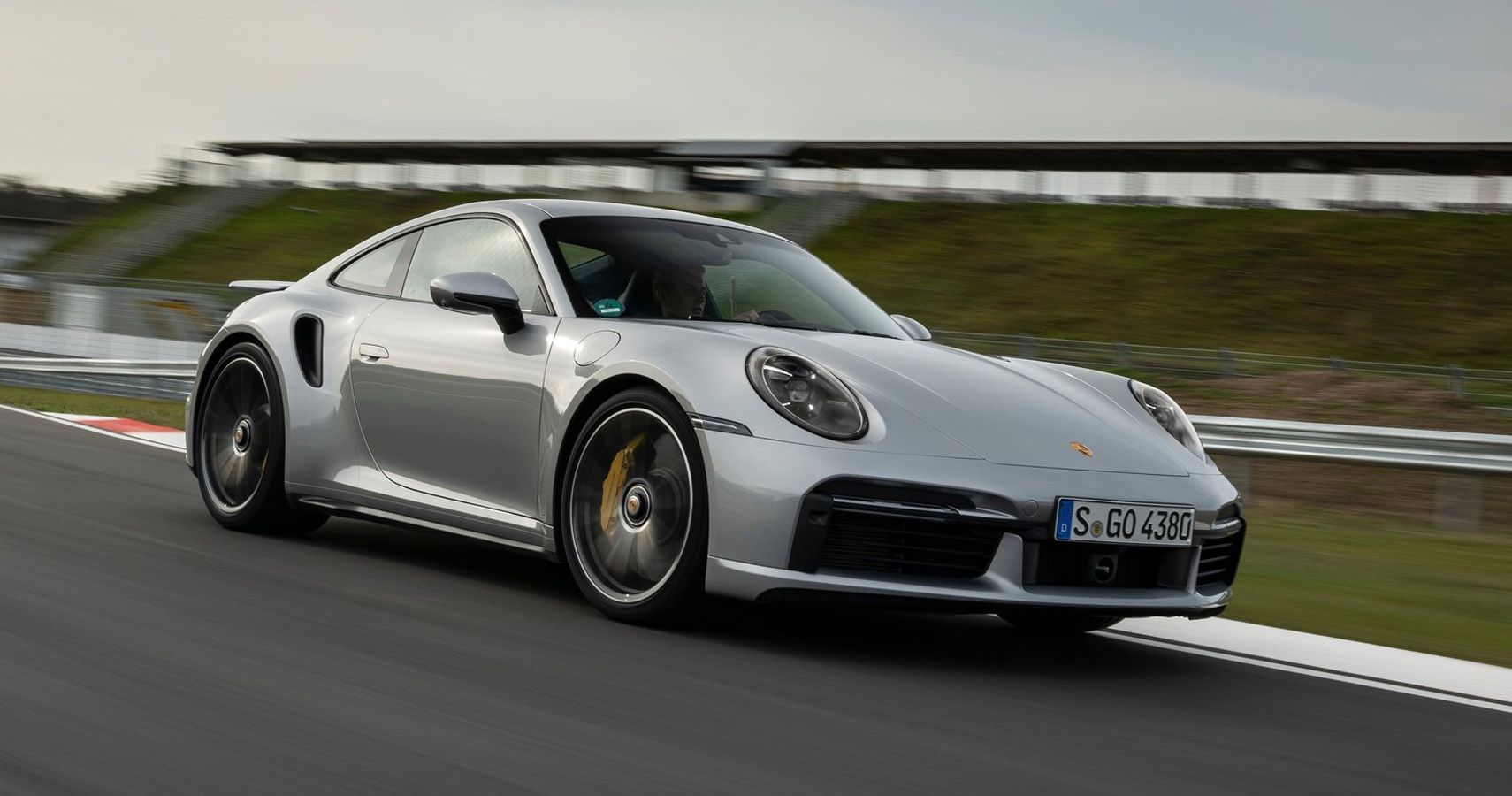Had it not been for the '70s classic Porsche 911 Turbo that brought turbochargers to the masses, the Porsche 911 that we know and love today might not have existed. From the day the first 911 hit roads in 1963, it has remained one of the most iconic nameplates from Porsche. With its illustrious legacy spanning a little over half a century, the Porsche 911 is a name that’s synonymous with unmatched luxury performance thanks largely to the unique rear-engine layout of this sports icon.
By the early 70s, Porsche started the work of upgrading the 911 to be in line with the global legislative requirements for both impact safety and emissions. Subsequently, it received a host of upgrades including the US-mandated five-mile-per-hour bumpers as new safety features.
However, the biggest upgrade was a turbocharger in 1974 that changed the rules of the game for Porsche. The Porsche 911 Turbo dubbed the Porsche 930, packed a 3.0-liter flax-six offering 260 horsepower. In 1977, the Porsche 911 Turbo armed itself with a bigger and better 3.3-liter flat-six powertrain, becoming a performance beast as it conquered the magical 300-horsepower output.
What Are Turbochargers, And How They Help?
It was Dr. Alfred Buchi, a Swiss engineer, who invented the turbocharger way back in 1905. He knew that the exhaust coming out of the tailpipe is ineffective but when it exits from the cylinder after ignition, it’s explosive. So, he placed a turbine in the exhaust system that could compress air and propel it back into the engine to aid in fiery combustion, culminating in a power boost.
Think of turbochargers as the most common form of forced induction, aka forcing the engine to take larger breaths. Most turbochargers look like a metal snail on the engine bay, within the hood, and betters combustion. Superchargers, on the other hand, do not use exhaust gases and instead rely on the belt-drive connected engine’s crankshaft, which it then uses to compress air and feed it back into the engine. Most superchargers sit right on top of the engine and look more like a metal box. That said, the result of both remains the same, better combustion for better power.
Turbochargers are usually more compact and also help in bettering fuel efficiency today. Most automakers factory-fit them into specific engines, like Ford’s EcoBoost line which promises more power on lesser displacement. They have become as common as potatoes today and most line-ups don’t even show turbocharging on badging anymore.
In the ‘80s and ‘90s, cars like the Toyota Supra made a killing from turbochargers, but it was the 1974 Porsche 911 Turbo that kickstarted it all.
The Classic Porsche 911 Turbo Became An Instant Icon
When the 1974 Porsche 911 Turbo came along (in 1975), it got a not-so-genial moniker, the Widowmaker. With the flat-six hanging way out of the back axle, the rear-wheel-drive went haywire under open throttle, switching ends with a flair that often spun the car into obstacles and transported an inexperienced driver to the heavens.
Stabilizing the ride on a turbocharger was the first gremlin Porsche had to deal with. The second was heat, given that pressurized air from the exhaust tends to raise the heat several notches. So the great minds at Porsche decided to put in an intercooler, which wasn’t a novel idea but a workable solution. Porsche simply used the same tech it had in its racing cars and simplified it for the masses.
The next hiccup was lag. While Porsche could not quite fix the same in the classic 911 Turbo, in the later models, especially in the 959, they employed a two stage turbo system with the smaller one taking care of the lag and the larger one kicking in for extreme power.
Even today, the Porsche 911 Turbo remains a brutally fast car with the turbo lag creating some interesting driving situations. 1977’s Porsche 911 Turbo went 0-to-60 mph in 5.2 seconds which is respectable today, but ridiculously fast 46 years ago. We have to admit, 295 horsepower, 303 ft-lb torque, and 160 mph top speed sound like an utter dream.
Porsche Continues To Conquer Challenges With Its Turbochargers
In the ‘70s, Porsche showed the world that a little snail on the engine had turned the Porsche 911 Turbo into a revolutionary fast car. By the ‘80s, it became an automobile legend, but it’s not as if Porsche sat back and kicked up its heels.
From then to now, Porsche has continued to refine its turbochargers to the point that its cars are no longer the gas guzzlers of the past. Recently, Porsche further patented turbocharger tech to help increase fuel efficiency in its ICE engines as the world slowly moves towards electric powertrains.
Of course, Porsche has even brought turbochargers into its EVs, although for its electric line-up, it’s more about “turbo” charging, their idea of a bespoke DCFC. Porsche has developed the rapid Porsche Turbo Charger charging point, which, depending on the vehicle model, can add another 60 miles to the in just five minutes. Talk about fast!
Source: Porsche




